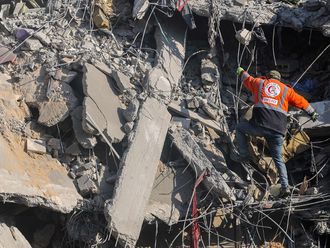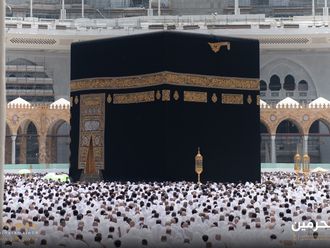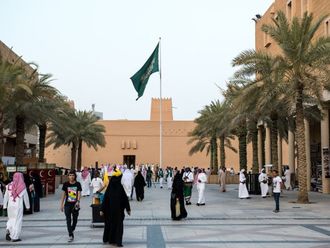Moscow: Iran is producing new laser-guided anti-tank missiles modelled on Russia’s Kornet, the rocket used by Hezbollah in the 2006 war with Israel, according to defence analysts in London and Moscow.
The Iranians may have copied the design after obtaining it from non-state sources such as Hezbollah, said Igor Korotchenko, director of the Center for Analysis of World Arms Trade in Moscow, who’s also the head of an advisory council for the Russian Defence Ministry. Syria and Hamas are also among possible sources for providing the technology, according to Neil Gibson, a defence analyst from IHS Jane’s.
Iranian Defence Minister Brigadier General Ahmad Vahidi on July 7 inaugurated production of the Dehlaviyeh anti-armour missile system designed to hit mobile and ground targets, the state-run Fars news agency reported. The Kornet has a range of as far as 5.5km, according to its manufacturer, the KBP Instrument Design Bureau.
Hezbollah, a Shiite organisation in Lebanon backed by Syria and Iran, in 2006 claimed to have destroyed two advanced Merkava-4 Israeli tanks with the Russian-made Kornet, which Israeli officials said was supplied by Syria. Russia hasn’t licensed Iran the technology to produce the Kornet, Korotchenko said.
Vyacheslav Davidenko, spokesman for state arms exporter Rosoboronexport, and Andrei Morozov, a senior manager in charge of media relations at KBP, couldn’t be reached for comment.
“It’s most likely that a country in the area, previously supplied the Kornet by Russia, has supplied the missile to Iran,” IHS Jane’s Gibson said by email. “This is most likely Syria, Hamas or Hezbollah, the latter supposedly supplied the Kornet by Syria.”
Syria had to commit not to re-export Kornet missiles at the time its purchases were made, according to Korotchenko. Iran could receive some technology and missiles through third parties such as Hezbollah as the Kornet was exported to dozens of countries, he said.
The Russian missile was also sold to Algeria, Greece, India, Jordan, Morocco and Turkey as well as reportedly to Azerbaijan, Libya, Peru and Uganda, Gibson said.
Once the missile had been supplied, Iranian engineers and scientists would have had to reverse-engineer all the missile systems, according to the IHS Jane’s analyst.












